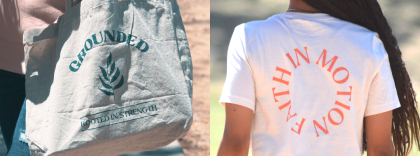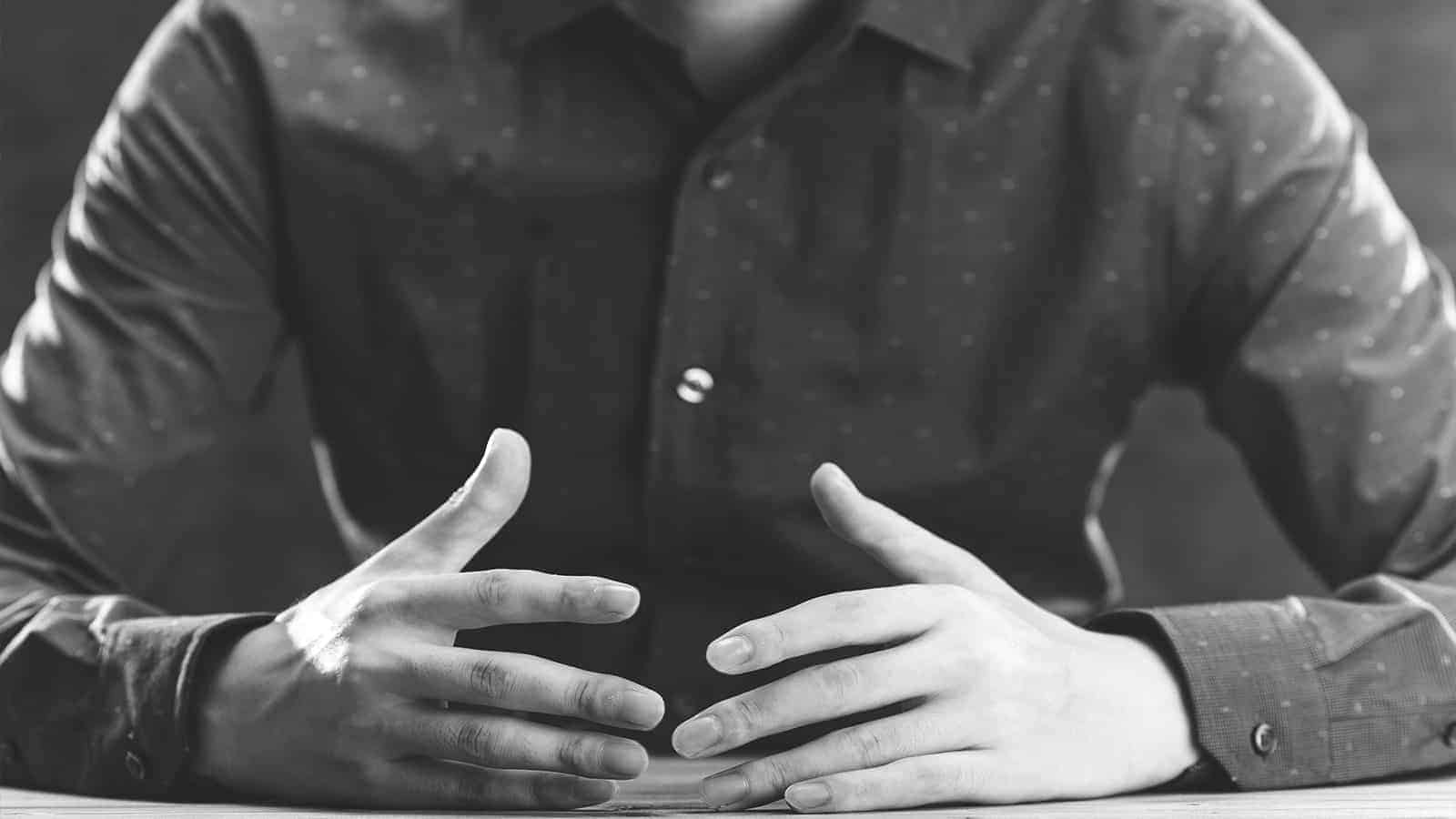Discover the fascinating world of unusual physical features and celebrate the beauty of individuality and diversity.
The human body is a masterpiece of uniqueness. While some physical traits are shared universally, others are incredibly rare, adding to the charm of individuality. These unusual physical features are fascinating reminders that we’re all a bit more extraordinary than we realize.
Let’s uncover ten intriguing features you might not even know you have!
10 Fascinating Unusual Physical Features in Human Bodies
1 – Cervical Rib: The Extra Rib That Makes You Unique
Did you know some people are born with an extra rib? Known as the cervical rib, this rare feature is found in about 1 in 200 people.
Located just above the first rib, near the base of the neck, this additional rib often goes unnoticed unless it causes discomfort or is spotted during medical imaging.
For most, this feature has no impact on daily life, but in rare cases, it can lead to a condition called thoracic outlet syndrome, which affects nerves and blood vessels. Whether it’s helpful or harmless, having a cervical rib makes you a part of an exclusive group.
2 – Heterochromia: A Kaleidoscope in Your Eyes
Imagine having two completely different eye colors or even multi-colored eyes. That’s heterochromia, one of the most visually striking unusual physical features.
This condition is rare, affecting less than 1% of the population. It can be genetic or result from an injury, adding an artistic flair to your appearance.
While it often goes unnoticed, heterochromia serves as a conversation starter. The best part? It’s a natural reminder of how beautifully diverse we all are.
3 – Palmaris Longus Muscle: The Muscle Not Everyone Has
Flex your wrist and touch your thumb to your pinky. Do you see a prominent tendon pop up in the center of your wrist? That’s the palmaris longus muscle, and surprisingly, about 14% of the population doesn’t have it.
Despite its absence, this muscle has little to no effect on grip strength or hand functionality. It’s often used in reconstructive surgery when needed elsewhere. Whether you have it or not, your hands are still wonderfully capable.
4 – Distichiasis: Double the Lashes
Some people have a second row of eyelashes, a condition called distichiasis. While it might sound like an eyelash enthusiast’s dream, it can occasionally irritate if the extra lashes grow inward. This rare feature is usually harmless and can be managed with proper care.
For those lucky enough to have this unique trait, it adds a natural flair that makes their eyes even more captivating. Bonus: it’s like having built-in mascara!
5 – Auricular Ear Pits: A Tiny Mystery
Have you ever noticed a small, dimple-like hole near someone’s upper ear? This is called an auricular ear pit, and it’s a congenital feature present in about 0.1% to 0.9% of the population. These tiny pits are remnants of embryonic development and are generally harmless.
Though small and often unnoticed, auricular ear pits can sometimes lead to infections. Proper hygiene ensures they remain a fascinating, functional part of the body.
6 – Supernumerary Nipples: More Than Two
Supernumerary nipples, also known as accessory nipples, appear along the milk lines that extend from the armpits to the groin.
Often mistaken for moles, these additional nipples are harmless and more common than you might think, occurring in up to 5% of the population.
While they rarely require medical attention, they serve as a reminder that the human body is full of delightful surprises. Many people with this feature don’t even realize they have it!
7 – Hypermobile Joints: A Bendable Bonus
Have you ever met someone who can bend their thumb to touch their wrist or perform incredible contortions? That’s hypermobility, or double-jointedness, which allows for a greater range of motion in the joints.
This feature is relatively common and can make activities like dance or gymnastics much easier.
However, hypermobility also comes with a need for care, as it can increase the risk of joint injuries. Strengthening exercises can help protect those flexible joints and keep them moving with ease.
8 – Tetrachromacy: Seeing the World in More Colors
While most people have three types of cone cells in their eyes, tetrachromats have four. This rare condition enables them to perceive a wider spectrum of colors—up to 100 million shades compared to the average person’s 1 million.
Tetrachromacy is most common in women and offers a heightened ability to appreciate the beauty of the world. Whether it’s spotting subtle hues in a sunset or distinguishing between seemingly identical paint swatches, this feature is truly extraordinary.
9 – Morton’s Toe: A Longer Second Toe
Morton’s toe is a condition where the second toe is longer than the big toe. While it’s a normal anatomical variation, it can affect how weight is distributed on the foot, potentially leading to discomfort. Proper footwear and inserts can help alleviate any issues.
Interestingly, many historical statues, including the Statue of Liberty, depict figures with Morton’s toes, symbolizing beauty and strength. So, if you have it, you’re in great company!
10 – Golden Blood: The Rarest of Them All
Rh-null, often called “golden blood,” is the rarest blood type in the world. Fewer than 50 known cases exist globally. Individuals with Rh-null blood lack all Rh antigens, making their blood highly valuable for transfusions and medical research.
While it doesn’t affect daily life, those with golden blood are often encouraged to donate, as their blood can be life-saving. It’s a remarkable example of how unique traits can have profound impacts on others.
How Genetics Influence Physical Features
Genetics play a powerful role in shaping the physical features that make each person unique. Our DNA carries the instructions for every aspect of our appearance, from the color of our eyes to the structure of our bones.
While some traits are common across populations, others result from rare genetic variations or mutations that make an individual stand out.
Take heterochromia, for example, which can be inherited or arise from genetic mutations. Similarly, conditions like tetrachromacy or the presence of a cervical rib are often dictated by the specific combinations of genes we inherit from our parents.
Even traits that seem unusual, such as auricular ear pits or supernumerary nipples, have roots in the complex dance of genetics during embryonic development.
Beyond inheritance, spontaneous genetic changes can also lead to distinctive physical characteristics. These mutations are nature’s way of introducing diversity, ensuring that every individual has a unique genetic fingerprint. It’s incredible to think that these small changes in DNA can result in such striking and varied features.
Genetics also demonstrate the interconnectedness of humanity. While unusual physical features may seem rare, they remind us that our differences are simply expressions of the same biological processes.
Whether your unique trait is a longer second toe or an extra row of eyelashes, it’s a fascinating glimpse into the complexity of life.
The Importance of Embracing Your Uniqueness
Our unusual physical features are not just quirks—they are part of the story that makes each of us extraordinary. Embracing these traits is a way of celebrating who we are, down to the smallest details. They remind us that perfection isn’t about fitting a mold but about owning what makes us different.
In a world that often emphasizes conformity, it’s easy to feel self-conscious about traits that stand out. However, these unique features are what make you memorable and irreplaceable. Think of them as natural works of art, each one telling a story about your journey and heritage.
Embracing your uniqueness is also a form of empowerment. It allows you to shift your perspective from seeing your traits as “flaws” to celebrating them as remarkable differences. When you own what makes you special, you radiate confidence and inspire others to do the same.
Sharing the stories behind these traits—whether it’s the history of golden blood or the mystery of a second row of lashes—invites curiosity and conversation. It’s a chance to educate others about the beauty of diversity and to show that being different is something to cherish.
Final Thoughts
Our unusual physical features are more than quirks—they’re badges of individuality. From rare muscles to kaleidoscopic eyes, these traits remind us of the beauty of diversity. Whether these features are visible or hidden, they contribute to the intricate tapestry that makes us human.
Celebrate your uniqueness and embrace the marvel that is your body. The world is full of surprises; some are right within us. Are you curious about discovering more about your body’s potential? Explore resources and inspiration at Power of Positivity and PositiveKristen.com.




















